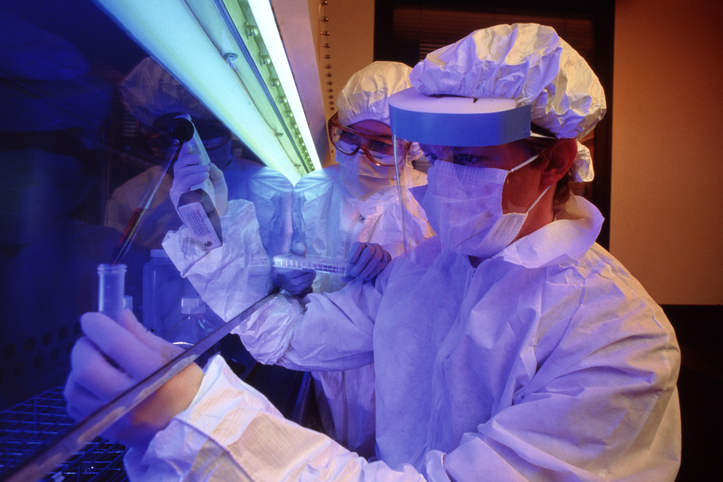Galactosyldiacylglycerols (GDGs-GLA)—the form of γ-linolenic acid found in microalgae—will be in short supply in coming years, given increasing demand and low yields from traditional photoautotroph (light and carbon-dioxide-based) culturing methods. The limited supply matters because the compound is an ingredient in many therapeutics for cancer, diabetes, viral infections, and other conditions. To meet these growing demands, biopharma researchers are looking to mass-produce GDGs-GLA in engineered oleaginous yeasts.
Oleaginous yeasts, like Yarrowia lipolytica, Spirulina, and strains of Saccharomyces cerevisiae, produce lipids that, typically, constitute more than 20 percent of their dry weight. They’re also easy to scale up, have short life cycles, and grow well in most climates. Those attributes will make them particularly attractive to the biopharma industry in the coming years, according to a recent paper. In it, researchers Xiaosong Gu, Lei Huang, and Jiazhang Lian at Zhejiang University in Hangzhou, China, reviewed the bioengineering challenges and opportunities based on their work with Y. lipolytica.
Genetic manipulations
In terms of engineering Y. lipolytica to overproduce GDGs-GLA, the scientific literature calls for modifying the endogenous pathways and/or optimizing the fermentation process using feedstocks other than glucose.
Lian and colleagues say modifying the pathway to overexpress acetyl-Coa synthase (a precursor for GLA), acetyl-CoA carboxylase (ACCase), and fatty acid synthesis (FAS) enhances Y. lipolytica’s ability to use acetate during fermentation, thus increasing its lipid production by more than 25 percent. They further improved GDGs-GLA production by inhibiting β-oxidation. They did this by deleting the PEX10 gene in a Y. lipolytica strain with a β-oxidation defect, deleting the DGA1 and DGA2 genes to reduce the production of neutral triglycerides, and deleting the ARE1 gene to prevent synthesis of sterol esters increased GDGs-GLA in the yeast.
The team also edited the diacylglycerol (DAG) biosynthesis pathway for additional improvements. Specifically, deleting the GUT2 gene led to “a three-fold increase in lipid accumulation compared to the wild-type strain,” they wrote.
“In addition to conventional metabolic engineering strategies, other strategies, such as the development of orthogonal biosynthetic pathways, the application of the protein engineering, and lipid engineering, can also be employed to improve the capability of Y. lipolytica for GDGs-GLA biosynthesis,” Lian and colleagues note.
To further reduce GDGs-GLA production costs, the team advises identifying inexpensive hydrophobic substrates for use during fermentation, considering solid-state fermentation to overcome catabolic repression, modifying temperatures during cultivation, and feeding the yeast culture with vegetable oil or other inexpensive raw materials.


